- Home
- Randall Garrett
Anything You Can Do ...
Anything You Can Do ... Read online
Produced by Greg Weeks, Geoffrey Kidd, Stephen Blundelland the Online Distributed Proofreading Team athttps://www.pgdp.net
ANYTHING YOU CAN DO ...
DARREL T. LANGART
_anything you can do ..._
1963 _Doubleday & Company, Inc._ _Garden City, New York_
A shorter version of this work appeared in _ANALOG Science Fact--ScienceFiction_.
_All of the characters in this book are fictitious, and any resemblance to actual persons, living or dead, is purely coincidental._
LIBRARY OF CONGRESS CATALOG CARD NUMBER 62-7710 COPYRIGHT (C) 1963 BY DOUBLEDAY & COMPANY, INC. COPYRIGHT (C) 1962 BY THE CONDE NAST PUBLICATIONS, INC. ALL RIGHTS RESERVED PRINTED IN THE UNITED STATES OF AMERICA FIRST EDITION
Transcriber's Note:
Extensive research did not uncover any evidence that the U.S. copyright on this publication was renewed. Minor spelling and typographical errors have been corrected without note.
For
_mon cher ami_
Frere Gasce
a man whom I may truly call ... ... my brother
_[1]_
Like some great silver-pink fish, the ship sang on through the eternalnight. There was no impression of swimming; the fish shape had neitherfins nor a tail. It was as though it were hovering in wait for a memberof some smaller species to swoop suddenly down from nowhere, so that it,in turn, could pounce and kill.
But still it moved and sang.
Only a being who was thoroughly familiar with the type could have toldthat this particular fish was dying.
In shape, the ship was rather like a narrow flounder--long, tapered, andoval in cross-section--but it showed none of the exterior markings onemight expect of either a living thing or a spaceship. With oneexception, the smooth silver-pink exterior was featureless.
That one exception was a long, purplish-black, roughened discolorationthat ran along one side for almost half of the ship's seventeen metersof length. It was the only external sign that the ship was dying.
Inside the ship, the Nipe neither knew nor cared about thediscoloration. Had he thought about it, he would have deduced thepresence of the burn, but it was by far the least of his worries.
The ship sang, and the song was a song of death.
The internal damage that had been done to the ship was far more seriousthan the burn on the surface of the hull. It was that internal damagewhich occupied the thoughts of the Nipe, for it could, quite possibly,kill him.
He had, of course, no intention of dying. Not out here. Not so far, sovery far, from his own people. Not out here, where his death would be sovery improper.
He looked at the ball of the yellow-white sun ahead and wondered thatsuch a relatively stable, inactive star could have produced such atremendously energetic plasmoid, one that could still do such damage sofar out. It had been a freak, of course. Such suns as this did notnormally produce such energetic swirls of magnetohydrodynamic force.
But the thing had been there, nonetheless, and the ship had hit it athigh velocity. Fortunately the ship had only touched the edge of theswirling cloud--otherwise the ship would have vanished in a puff ofincandescence. But it had done enough. The power plants that drove theship at ultralight velocities through the depths of interstellar spacehad been so badly damaged that they could only be used in short bursts,and each burst brought them closer to the fusion point. Even when theywere not being used they sang away their energies in ululations ofwavering vibration that would have been nerve-racking to a human being.
The Nipe had heard the singing of the engines, recognized it for what itwas, realized that he could do nothing about it, and dismissed it fromhis mind.
Most of the instruments were powerless; the Nipe was not even sure hecould land the vessel. Any attempt to use the communicator to call homewould have blown his ship to atoms.
The Nipe did not want to die, but, if die he must, he did not want todie foolishly.
It had taken a long time to drift in from the outer reaches of thissun's planetary system, but using the power plants any more than wasabsolutely necessary would have been foolhardy.
The Nipe missed the companionship his brother had given him for so long;his help would be invaluable now. But there had been no choice. Therehad not been enough supplies for two to survive the long inward falltoward the distant sun. The Nipe, having discovered the fact first, had,out of his mercy and compassion, killed his brother while the other wasnot looking. Then, having disposed of his brother with all due ceremony,he had settled down to the long, lonely wait.
Beings of another race might have cursed the accident that had disabledthe ship, or regretted the necessity that one of them should die, butthe Nipe did neither, for, to him, the first notion would have beenfoolish and the second incomprehensible.
But now, as the ship fell ever closer toward the yellow-white sun, hebegan to worry about his own fate. For a while, it had seemed almostcertain that he would survive long enough to build a communicator, forthe instruments had already told him and his brother that the systemahead was inhabited by creatures of reasoning power, if not trueintelligence, and it would almost certainly be possible to get theequipment he needed from them. Now, though, it looked as if the shipwould not survive a landing. He had had to steer it away from a greatgas giant, which had seriously endangered the power plants.
He did not want to die in space--wasted, forever undevoured. At least,he must die on a planet, where there might be creatures with thecompassion and wisdom to give his body the proper death rites. Thethought of succumbing to inferior creatures was repugnant, but it wasbetter than rotting to feed monocells or ectogenes, and far superior towasting away in space.
Even thoughts such as these did not occupy his mind often or for verylong. Far, far better than any of those thoughts were thoughts connectedwith the desire and planning for survival.
The outer orbits of the gas giants had been passed at last, and the Nipefell on through the Asteroid Belt without approaching any of the largerpieces of rock-and-metal. That he and his brother had originally electedto come into this system along its orbital plane had been a mixedblessing. To have come in at a different angle would have avoided allthe debris--from planetary size on down--that is thickest in a star'sequatorial plane, but it would also have meant a greater chance ofmissing a suitable planet unless too much reliance were placed on thealready weakened power generators. As it was, the Nipe had beenfortunate in being able to use the gravitational field of the gas giantto swing his ship toward the precise spot where the third planet wouldbe when the ship arrived in the third orbit. Moreover, the planet wouldbe retreating from the Nipe's line of flight, which would make thevelocity difference that much the less.
For a while the Nipe had toyed with the idea of using the mining basesthat the local life-form had set up in the Asteroid Belt as bases forhis own operations, but he had decided against it. Movement would bemuch freer and more productive on a planet than it would be in the Belt.
He would have preferred using the fourth planet for his base. Althoughmuch smaller, it had the same reddish, arid look as his own homeplanet, while the third planet was three quarters drowned in water. Butthere were two factors that weighed so heavily against that choice thatthey rendered it impossible. In the first place, by far the greaterproportion of the local inhab
itants' commerce was between the asteroidsand the third planet. Second, and even more important, the fourth worldwas at such a point in its orbit that the energy required to land woulddestroy the ship beyond any doubt.
It would have to be the third world.
As the ship fell inward, the Nipe watched his pitifully inadequateinstruments, doing his best to keep tabs on every one of the ships thatthe local life-form used to move through space. He did not want to bespotted now, and even though the odds were against these beings havingany instrument highly developed enough to spot his own craft, there wasalways the possibility that he might be observed optically.
So he squatted there in his ship, a centipede-like thing about five feetin length and a little less than eighteen inches in diameter, with eightarticulated limbs spaced in pairs along his body, each limb ending in afive-fingered manipulatory organ that could be used equally well as handor foot. His head, which was long and snouted, displayed two pairs ofviolet eyes that kept a constant watch on the indicators and screens ofthe few instruments that were still functioning aboard the ship.
And he waited as the ship fell toward its rendezvous with the thirdplanet.

 Despoilers of the Golden Empire
Despoilers of the Golden Empire The Highest Treason
The Highest Treason Brain Twister
Brain Twister The Judas Valley
The Judas Valley The Impossibles
The Impossibles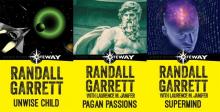 Pagan Passions
Pagan Passions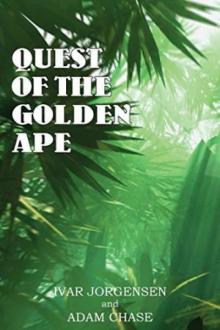 Quest of the Golden Ape
Quest of the Golden Ape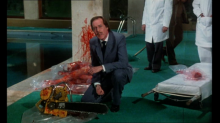 Psichopath
Psichopath By Proxy
By Proxy Damned If You Don't
Damned If You Don't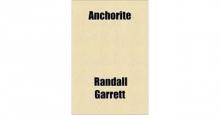 Anchorite
Anchorite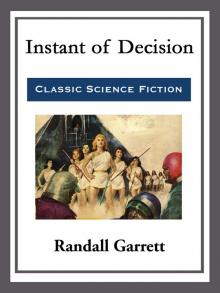 Instant of Decision
Instant of Decision The Bramble Bush
The Bramble Bush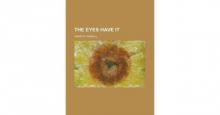 The Eyes Have It
The Eyes Have It Dead Giveaway
Dead Giveaway ...After a Few Words...
...After a Few Words... Black Eyes and the Daily Grind
Black Eyes and the Daily Grind That Sweet Little Old Lady
That Sweet Little Old Lady With No Strings Attached
With No Strings Attached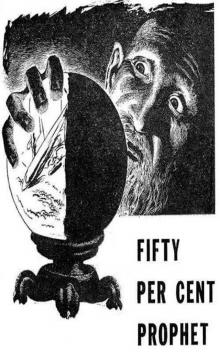 Fifty Per Cent Prophet
Fifty Per Cent Prophet The Asses of Balaam
The Asses of Balaam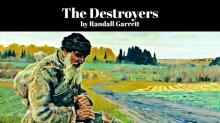 The Destroyers
The Destroyers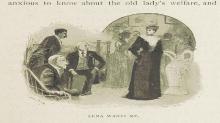 But, I Don't Think
But, I Don't Think Cum Grano Salis
Cum Grano Salis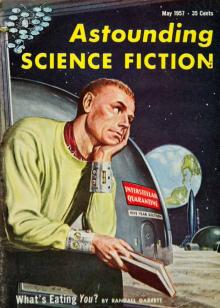 In Case of Fire
In Case of Fire Hanging by a Thread
Hanging by a Thread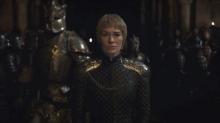 Heist Job on Thizar
Heist Job on Thizar A World by the Tale
A World by the Tale Nor Iron Bars a Cage....
Nor Iron Bars a Cage.... Suite Mentale
Suite Mentale The Man Who Hated Mars
The Man Who Hated Mars The Foreign Hand Tie
The Foreign Hand Tie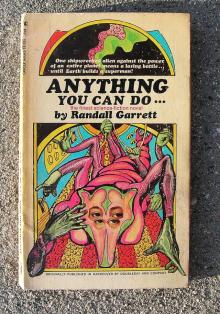 Anything You Can Do ...
Anything You Can Do ... Thin Edge
Thin Edge ...Or Your Money Back
...Or Your Money Back Viewpoint
Viewpoint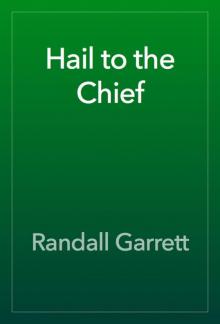 Hail to the Chief
Hail to the Chief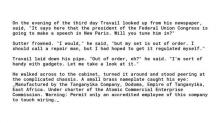 Made in Tanganyika
Made in Tanganyika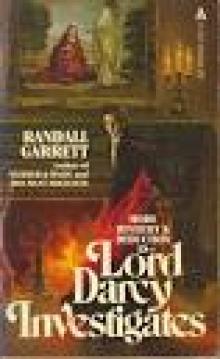 Lord Darcy Investigates
Lord Darcy Investigates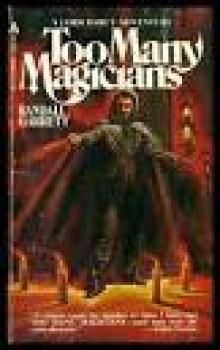 Too Many Magicians
Too Many Magicians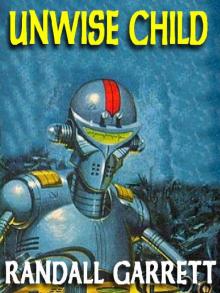 Unwise Child
Unwise Child A Spaceship Named McGuire
A Spaceship Named McGuire The Bronze of Eddarta
The Bronze of Eddarta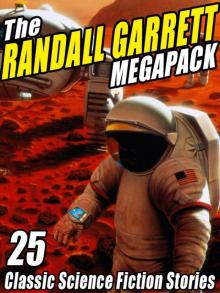 The Randall Garrett Megapack
The Randall Garrett Megapack Return to Eddarta
Return to Eddarta Too Many Magicians (lord darcy)
Too Many Magicians (lord darcy) The Well of Darkness
The Well of Darkness Takeoff!
Takeoff!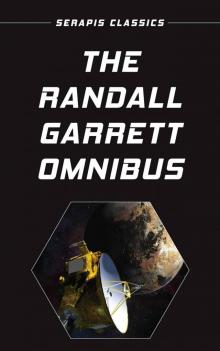 The Randall Garrett Omnibus
The Randall Garrett Omnibus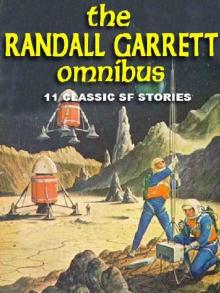 The Randall Garrett Omnibus: Eleven SF Classics
The Randall Garrett Omnibus: Eleven SF Classics The Second Randall Garrett Megapack
The Second Randall Garrett Megapack The River Wall
The River Wall The Glass of Dyskornis
The Glass of Dyskornis The Search for Kä
The Search for Kä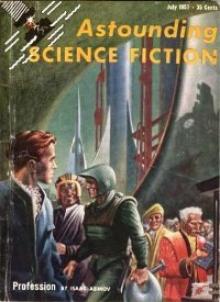 The Best Policy
The Best Policy